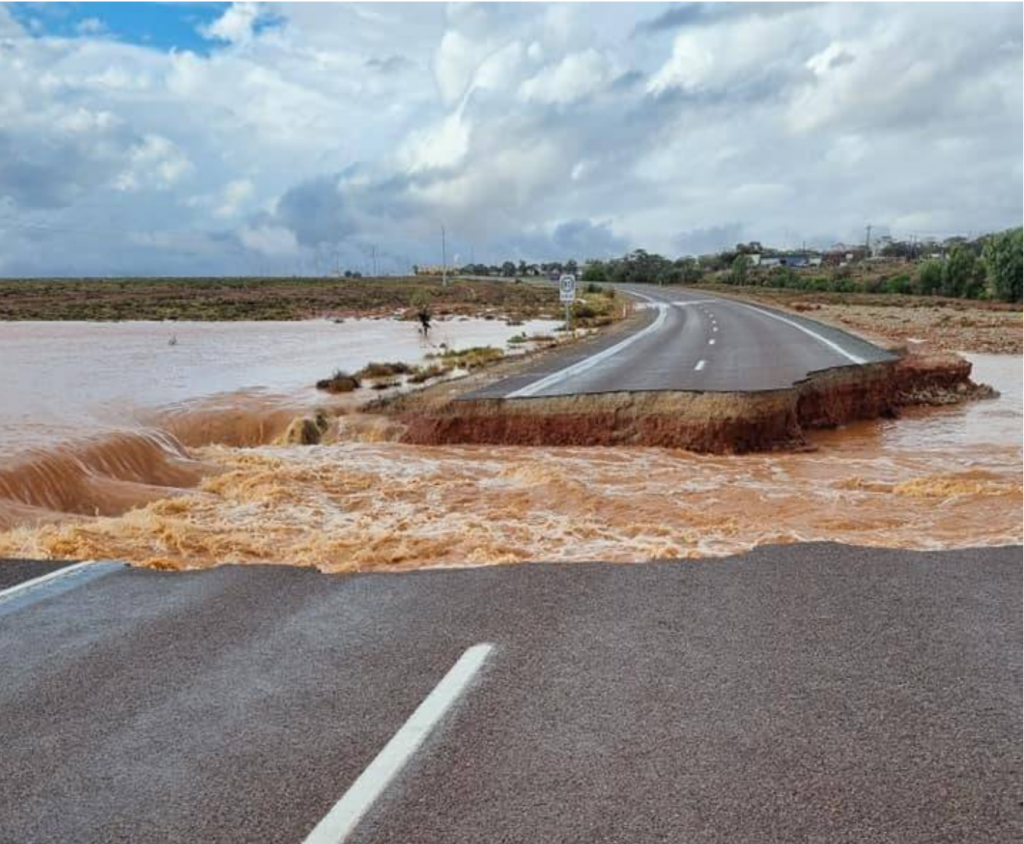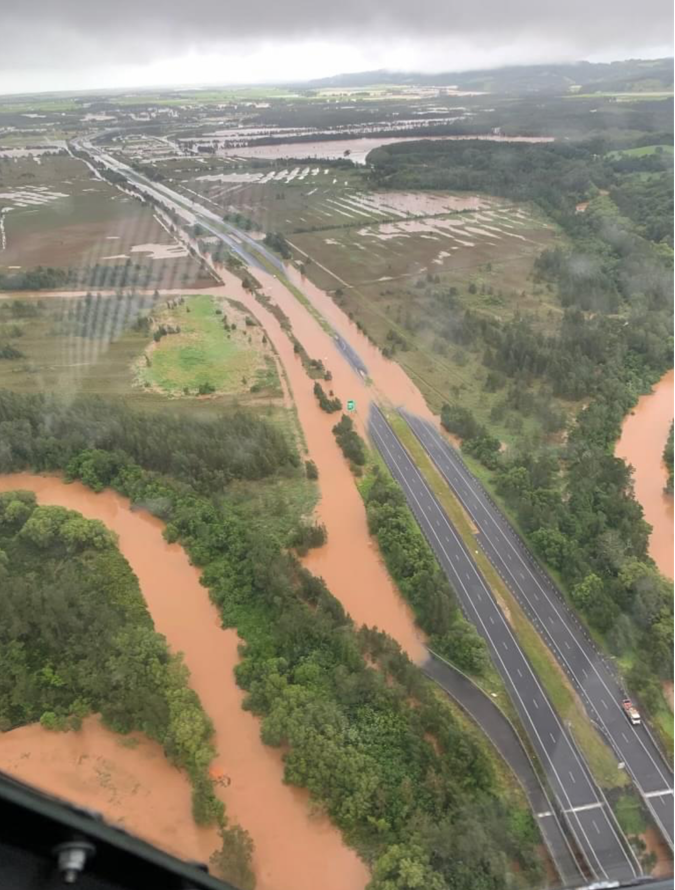April 2022 Newsletter
Dear HVTT Forum subscriber,
HVTT17/ICWIM9, Brisbane May 2023: Call for abstracts coming soon!
I’m delighted to write my first newsletter to you as Vice President, Australasia and Pacific, of the HVTT Forum.
I wish to acknowledge those who’ve held this position over the years – and, most recently, Rob DiCristoforo and John de Pont. It’s quite humbling to follow in the footsteps of others who’ve contributed so much to the HVTT Forum through this role, and I thank you for all your support so far.
Having stepped into this role at the same time as the announcement of Brisbane (Australia) as the host city for our next symposium (HVTT17), it’s fair to say that I’ve hit the road running in leading planning arrangements for this event!
Planning for HVTT17
One of the early planning decisions was to host the HVTT17 event jointly with the 9th International Conference for Weigh In Motion (ICWIM9). With both events running in Australia in 2023, the opportunities to bring them together were simply too good to ignore.
And, in conjunction with the biennial Brisbane Truck Show, I’m confident we’ll provide a compelling reason for people across the globe to travel to Brisbane – and even take the opportunity to spend some time in Australia in a post-pandemic environment.
(For those less familiar, ICWIM conferences are convened by the International Society for Weigh-In-Motion (ISWIM), which is a global association representing all those with an interest in the weighing of vehicles when in motion. ISWIM and the HVTT Forum have common ancestries, with both having their origins in the communities formed during the Heavy Vehicle Weights and Dimensions symposiums dating back to the mid-1980’s).
The year 2023 won’t be the first time the HVTT Forum and ISWIM have come together. As many of you will know, HVTT10 and ICWIM5 were jointly held in Paris, France, in 2008. From what I’m told by those who attended, the event successfully brought together knowledge, skills and experience across the members of both organisations, and created longstanding memories and relationships. This is something we intend to emulate next year.
And a big shout out to HVTT President (Loes Aarts) and ISWIM President (Chris Koniditsiotis) for bringing our events together again for the first time in fifteen years.
We’re currently in the process of finalising finer details for the event, and the call for abstracts. We’ll release more information on both soon.
What I can tell you is that:
- It will have a single program and registration process for delegates
- There will be a joint scientific process for HVTT17 and ICWIM9 – topics will cover areas of interest to both organisations, as well as ‘cross-over’ topics of mutual interest.
A call for abstracts is coming shortly, so keep your pens and paper handy!
And after an admirably well-organised virtual gathering for HVTT16 in Beijing, China, it will be wonderful to see us come together in person for the first time since HVTT15 in Rotterdam in 2018.
Easing out of the pandemic, and more challenges
On other matters, much has been occurring in Australia and New Zealand as we move out of the numerous restrictions we’ve faced over the last couple of years.
For the people of Melbourne (Australia’s second-largest city), life is returning to normal after the longest lock-down period of any city in the world. Between March 2020 and October 2021, Melbournians experienced a total of 262 days in lock-down.
Having spent the last couple of weeks in Melbourne, it’s pleasing (and reassuring) to see the city bouncing back to life.
But as we’ve emerged from the challenges of COVID-19, parts of Australia have suffered devastating rainfall and flooding between late February and early March.
Over a period of 16 days, unprecedented amounts of rain flooded the states of Queensland and New South Wales. Some claim it’s a 1-in-500-year event (some insist it’s a 1-in-1000-year event). In any case, climate change is making extreme weather impositions more frequent and intense. And those 1-in-1000-year events may, indeed, become 1-in-100-year events (or even more common).
Only two years ago, many parts of Australia experienced catastrophic fires. All these weather events have devastating impacts on households, families, communities and the broader economy.
Our changing environment is fundamentally challenging our approach to managing risks.
See some of these images at the end of the newsletter on the magnitude of these weather events.
Together, the pandemic and extreme weather events have sharpened our focus on the importance of transport, and how we all rely on the safe, productive operation of heavy vehicles to underpin our way of life. If nothing else, there is now a greater awareness of our reliance on trucks to deliver the goods and produce we find on our supermarket shelves every day.
In terms of road freight transport in Australia and New Zealand – where both countries rely on trade across many regions of the globe – recent events have highlighted our reliance on ‘just-in-time’ supply chains, and how exposed we can be to supply chain disruptions. There is now a move towards ‘just-in-case’ models to minimise supply chain shocks and disruptions.
Supply challenges and rising costs
Coupled with the challenges of extreme weather, the road transport industry has also faced national supply shortages for ad blue (essential for the operation of low emission diesel engines). This has led to a high-level intervention between the Australian Government, peak bodies, industry stakeholders and suppliers, to form an emergency response to keep the wheels of our economy turning.
But the costs of keeping those wheels turning continues to exert pressure on the road transport industry.
The constrained supply of ad blue has seen costs rise from around AUD 0.50 per litre to between AUD 2 and AUD3 per litre in a matter of weeks. Although supply has now improved, prices for ad blue remain higher than they were previously.
Meanwhile, with what’s happening in the world today, the rising price of fuel is the subject of much discussion in Australia. Not just for the road transport sector, but how it’s affecting motorists and contributing to general cost of living pressures. Rising fuel prices have generated public discussion (albeit belatedly) about alternative fuel and energy sources for road transport and, more broadly, highlighted our current dependence on fuel imports (Australia imports around 90% of its liquid fuels) – not to mention the associated economic exposures that come with that dependency.
The transport sector has also come into focus through a recent Parliamentary Inquiry into road transport in Australia. The inquiry made 10 recommendations, including proposals to encourage young people into the industry, adopt competency-based training for heavy vehicle drivers, and the use of digital technology and telematics to improve road safety and compliance, while protecting driver’s privacy. The report from the inquiry is available on the Australian Parliament website, together with a response from the Australian Government.
Having attended numerous transport conferences over recent weeks, it’s clear to me that when governments, regulators, technical experts and the transport industry come together to deal with new challenges, there’s a willingness to move forward and embrace change.
To finish off, I’d like to provide two recent examples of supply chain resilience. Significantly, both examples leverage developments led by members of the HVTT Forum over the years.
- Working together to manage risks on the road
A major flooding event in January 2022 damaged the single rail line (the Trans-Australian railway) between Sydney in the east and Perth, in Western Australia.
To ensure the transportation of goods and produce to supermarkets throughout Western Australia (during the three-week period it took to repair the rail line), multiple parties across government and industry came together to allow B-Triple operations to operate between Western Sydney and Perth.
Until recently the idea of a B-Triple operating in Sydney would have been unheard of!
The use of PBS-approved vehicles and Intelligent Access arrangements – which in combination have enabled the management of risks by matching vehicles to roads – helped facilitate this emergency measure.
- Using mass and vehicle configuration data to better manage networks – now and into the future
In the Australian state of Victoria, the management of PBS-approved High Productivity Freight Vehicles (HPFVs) and asset management has taken a significant step forward with the use of Smart OBM (On-Board Mass) technologies.
Smart OBM, when linked with Intelligent Access arrangements, provides a way for road managers in Victoria to better understand how, where (and to what loads) high productivity PBS-approved vehicles are being operated.
Vehicle-generated road use data (encompassing location, vehicle configuration and mass data) is helping infrastructure managers to make better informed decisions about heavy vehicle access. This allows engineers to reduce safety factors when assessing bridges and structures for heavy vehicle access, and helps mitigate risks.
To my mind, these two examples demonstrate how innovative approaches to heavy vehicle transport and freight are responding to new and emerging challenges – and how the work of the HVTT Forum continues to deliver positive outcomes to our communities.
All the best for now, and watch this space for more on our joint HVTT17 / ICWIM9 event in May 2023!
Gavin Hill
HVTT Vice-President: Australasia and the Pacific




